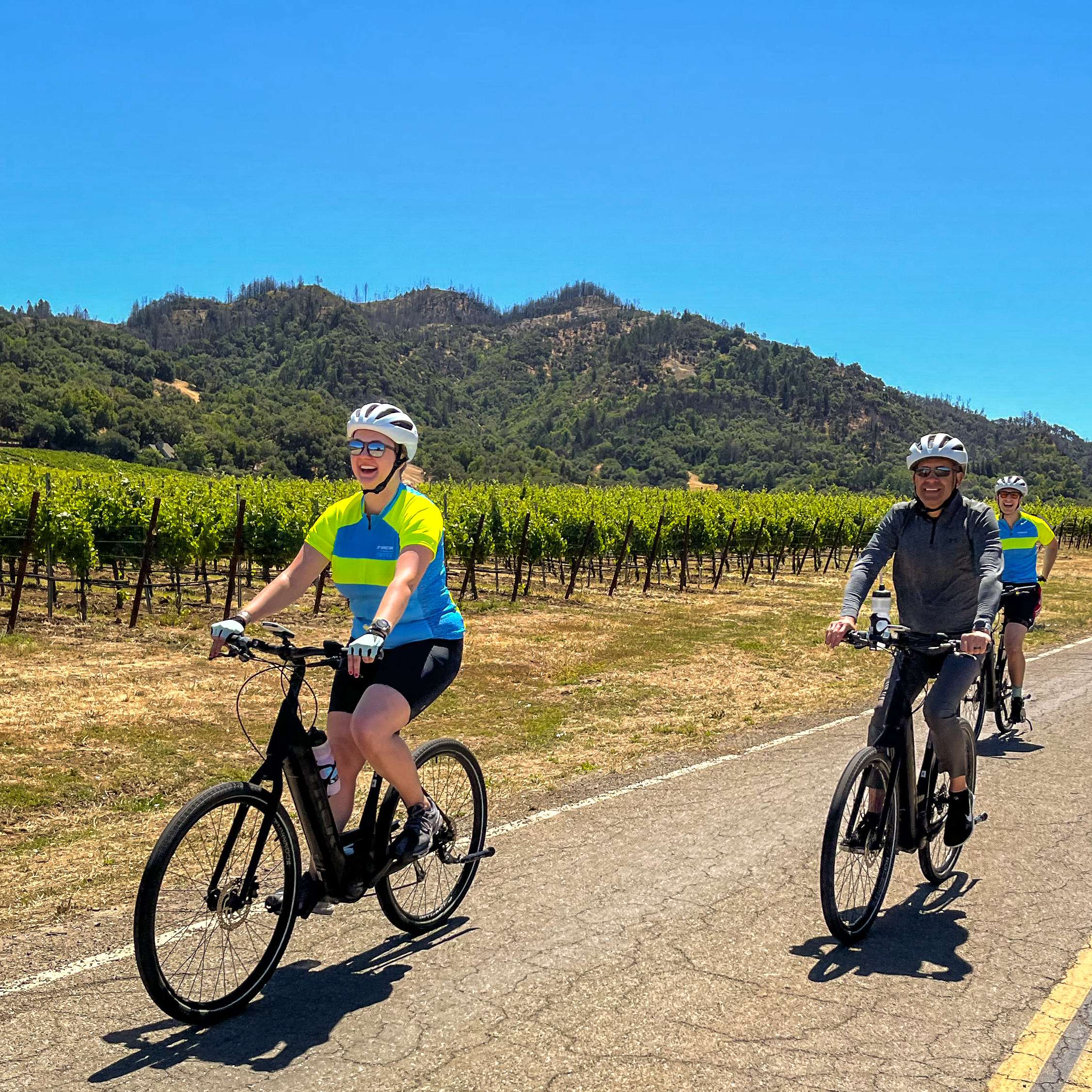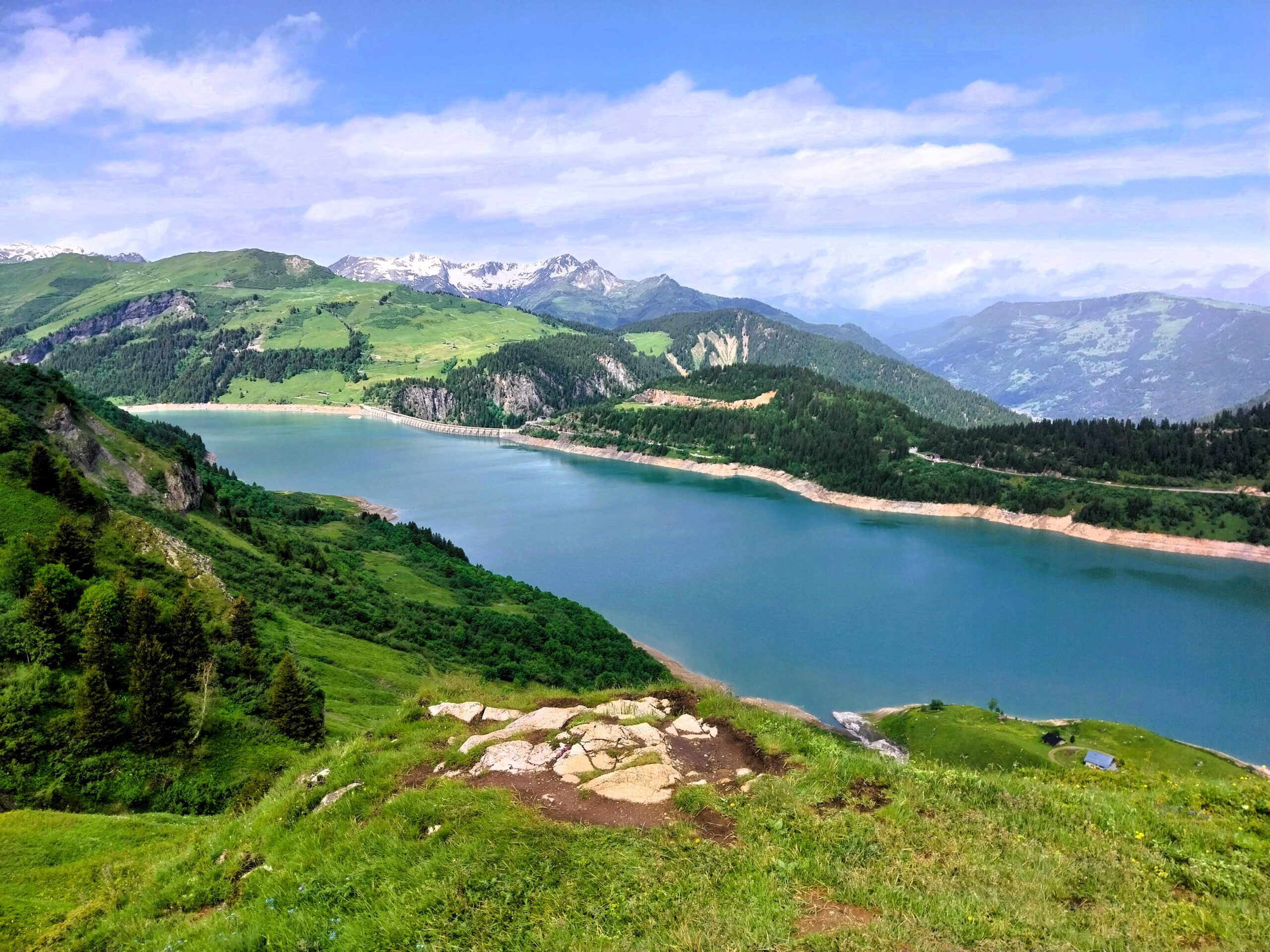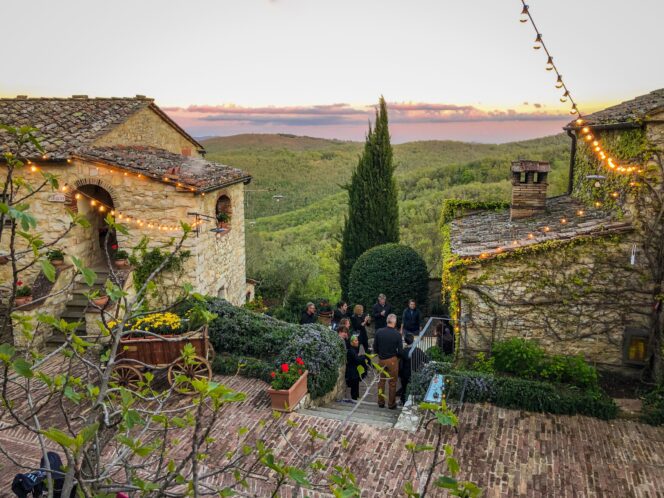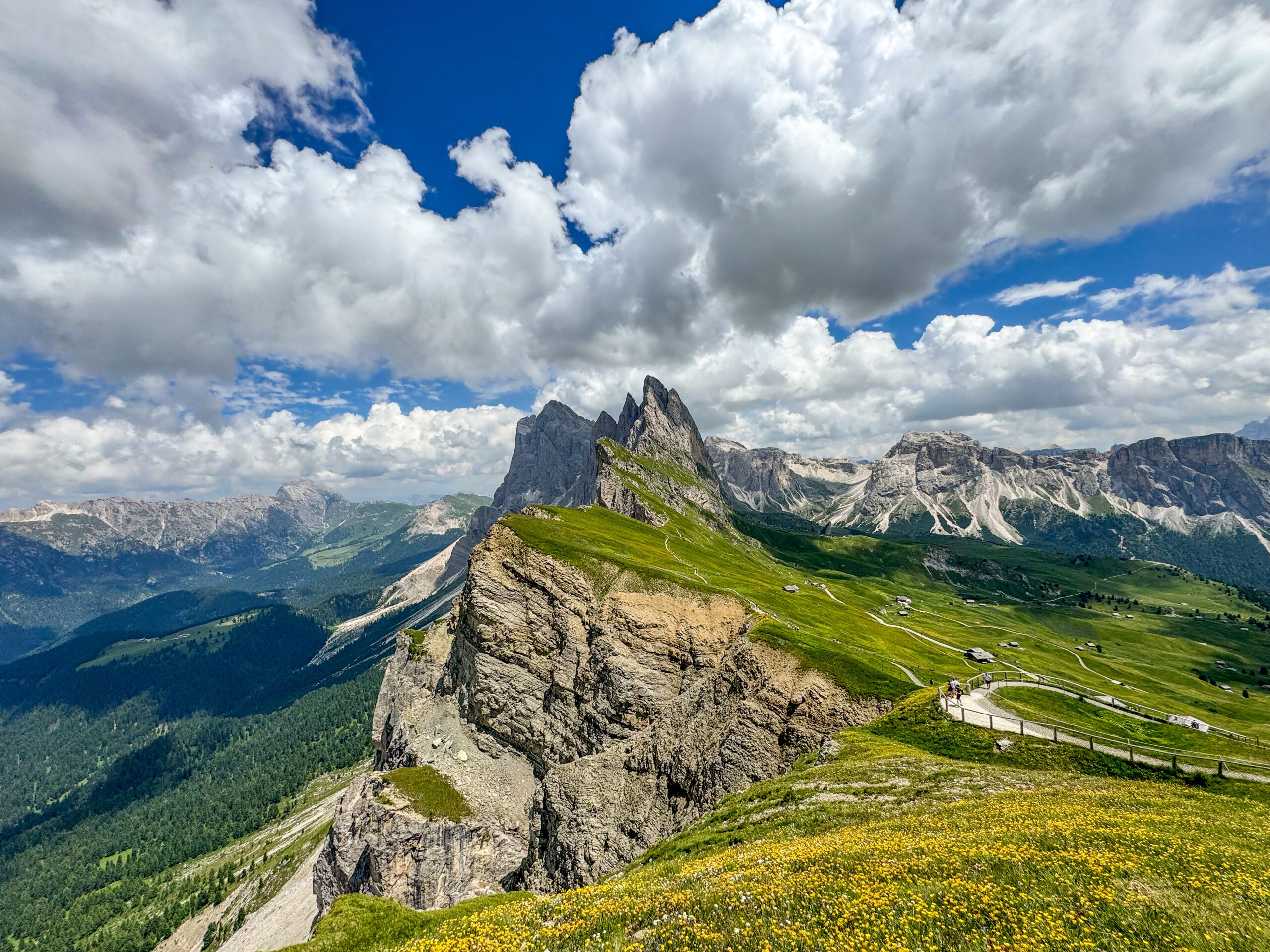
The flight from Paris had been cancelled because the winds were too strong to land in Florence. For any other group, this may have been a foreboding sign. But for the Trek employees who had traveled from Waterloo, Wisconsin, to experience first-hand the splendor and suffering of Strade Bianche, it was all part of the adventure.
To call Strade Bianche a road race is to misrepresent its true nature. The one-day modern classic traces a grueling route through the most beautiful and punishing gravel roads in Tuscany. From a distance, the gravel roads look white, lending the race its name, which translates in English to “white roads.”
Strade has a reputation of being hard and dangerous, with climbs that are so steep the pitches don’t translate on television and vicious winds that have sent racers barreling off the road. Climbing on gravel is a fundamentally different experience than climbing on pavement. It’s impossible to plant the rear wheel on the loose surface, so every climb becomes an exercise not just in fitness but also in agility. Even Trek Factory Racing’s top pros resolved that this race, though it has been run for only eight years and is not officially a staple on the Spring Classics calendar, is more difficult than the legendary Paris-Roubaix.

So, what were ten Trek employees from Wisconsin doing in Tuscany? Six years ago, Trek VP Joe Vadeboncoeur, who is affectionately known around the office as “Joe V” due to the bewildering number of vowels in his surname, began chaperoning trips to one-day classics. Joe, who has now ridden nearly all of the classic one-day races, designed the program to expose Trek employees to racing first-hand. “When you work in the industry,” he says, “you can’t really understand what you do and why you do it until you’ve seen the sport at the top level and actually experienced what the pros do every day. It’s a vital experience, because it alters your perspective in a way that informs everything you do from that point forward.”
Most one-day classics are accompanied by a Gran Fondo, often referred to as a “citizens’ race,” where non-professionals, recreationalists, and, yes, even a motley crew of jet-lagged cycling industry employees can ride the course a day before the pros. The ten Trek employees—creatives, engineers, product managers, and others—went to Italy not just to watch the pros, but also to test their mettle in the citizens’ race.


Joe V’s love affair with the Classics began decades ago. Each spring, as the weather was warming, he’d wait with anticipation for those second Sundays in March and April when the biggest one-day races were held. For Joe V, the charm of the Classics is unpredictability.
“We all love the Grand Tours,” he says, “but at the start, there are only a handful of real contenders. A week into a three-week race, usually only one of three riders can actually win it. Two weeks in, only one of two riders can win.”
In the one-day classics, on the other hand, there may be fifty or more riders who have a real chance to win. With 1K to go, there are often a dozen or more riders barreling toward the finish together, and this is where the beauty of the classics shines. One-day classics are usually won by the hard-men of the sport, those strong, calloused riders who win not just on fitness but also on strength of character.


And herein lies the lesson at the core of Joe V’s program. There is no better way to build strength of character that will improve work than to go wholeheartedly into an experience like this one.
After the cancelled flight, the Trek employees made it to Florence by bussing from Bologna to Sienna. They battled the headwinds and blinding dust, the loose gravel and brutal climbs, despite having trained outside only a handful of times, at most, through the bitterly cold Wisconsin winter. Every employee finished the Strade Bianche Gran Fondo. And, when they returned to Waterloo, their approach to the day-to-day work was informed by this accomplishment. Their vision was changed, their perspective altered. It’s exactly what Joe V likes to see.


EXPERIENCE STRADE BIANCHE WITH TREK TRAVEL»











































